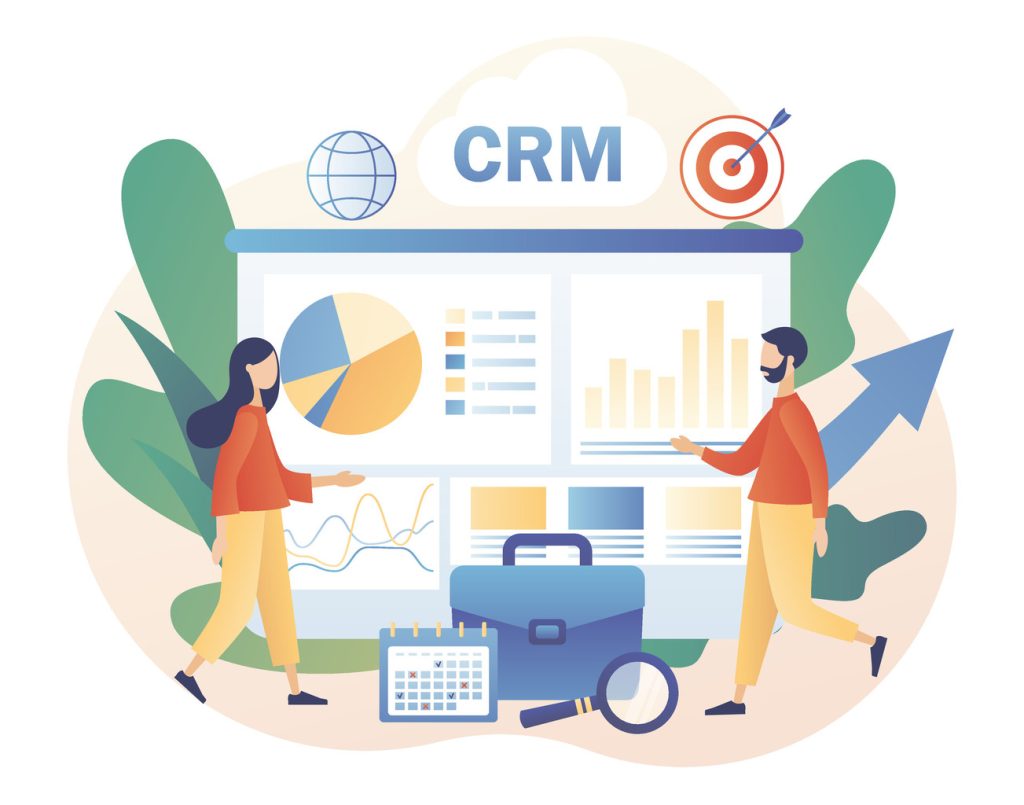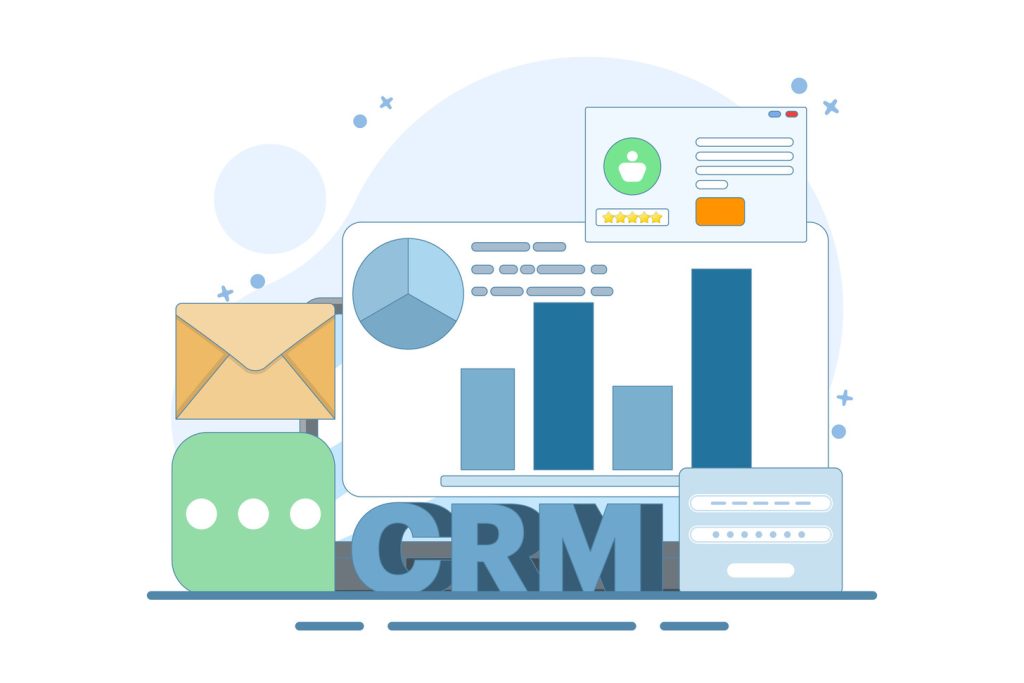How to Use Versatile Data Field Types Effectively

Modern businesses face unprecedented challenges in managing growing volumes of digital information. Choosing the right storage formats plays a vital role in controlling costs and maintaining system performance. When storage structures align with operational needs, companies unlock faster processing speeds and leaner infrastructure budgets.
Strategic selection of storage formats directly impacts daily operations. Proper implementation reduces server expenses by up to 30% in some cases while accelerating response times for customer-facing applications. This efficiency becomes critical as organizational information grows by 40-60% annually across industries.
Well-designed storage frameworks also future-proof digital architecture. Systems built with precision scale seamlessly, supporting long-term growth without costly overhauls. Decision-makers who master these principles gain competitive advantages through optimized workflows and smarter resource allocation.
Key Takeaways
- Smart storage format choices cut infrastructure costs and boost application speeds
- Annual data growth rates make efficient storage solutions non-negotiable
- Precision formatting creates adaptable systems for scaling operations
- Performance improvements directly enhance customer experiences
- Strategic implementation delivers measurable ROI within 12-18 months
Introduction to Versatile Data Field Types
Effective information organization begins with selecting appropriate categories for digital content. Modern systems depend on precise formatting to handle operational demands while maintaining speed and reliability. Choosing between formats like whole numbers, text strings, or date stamps forms the backbone of efficient information architecture.
Overview of Common Formats in Business Systems
Four primary categories govern how businesses structure critical information. Numeric formats handle quantities and measurements, while text options manage names and descriptions. Date/time formats track events, and true/false formats simplify decision logic. For example, using smaller numeric formats for product inventory reduces storage needs by 15-25% compared to oversized alternatives.
Mismatched formats create costly inefficiencies. A customer database using text fields for phone numbers loses search speed and validation capabilities. Proper alignment between content and format ensures systems process transactions faster and scale effortlessly.
Why Format Choices Impact Operational Success
Strategic format selection cuts infrastructure costs while boosting application responsiveness. Organizations optimizing their storage structures report 22% faster query speeds and 30% lower cloud storage expenses. These improvements directly enhance customer experiences through quicker order processing and real-time analytics.
Financial institutions demonstrate this principle effectively. Banks using precise decimal formats for currency calculations reduce rounding errors by 90% compared to those using basic numeric types. Such precision prevents regulatory issues and builds client trust in mission-critical systems.
Understanding Data Types and Their Role in Databases

Every business system relies on precise categorization to manage information effectively. Take a sales database tracking purchases: numeric formats calculate transaction totals, while text fields store currency codes like USD or EUR. Date/time stamps record exact purchase moments, creating audit trails for compliance reviews.
Differentiating Numeric, Text, and Date/Time Data
Numeric categories excel at handling calculations. Monetary amounts use decimal formats to prevent rounding errors during financial reporting. Text options manage variable-length content, such as customer notes or device identifiers. For example, limiting text fields to 250 characters prevents wasted storage space.
Date/time formats provide critical context for analytics. Tracking purchase timestamps helps identify peak sales hours. Combining these categories correctly ensures systems operate at maximum efficiency.
Linking Data Types to Business Performance
Choosing appropriate categories reduces infrastructure costs by 15-20% in typical scenarios. Smaller numeric formats shrink storage needs, while optimized text fields accelerate search functions. Retailers using precise date/time reporting achieve 18% faster trend analysis.
- Accurate numeric selection prevents calculation errors in financial systems
- Proper text formatting improves search speeds by 30-40%
- Date/time precision supports compliance with audit requirements
Companies that align categories with operational needs see faster query responses and smoother scaling. This strategic approach turns databases into growth accelerators rather than bottlenecks.
Selecting the Right Data Type for Your Database

Database architects face critical choices when designing systems that balance immediate needs with long-term scalability. A common pitfall occurs when teams select formats based solely on current requirements, leading to expensive redesigns as operations expand. Forward-looking decisions prevent system overhauls and maintain performance during growth phases.
Core Considerations for Optimal Data Storage
Growth projections dictate smarter format choices. A sales table handling 15,000 customer IDs today might need to support 100,000 entries within a year. Using SMALLINT unsigned risks hitting its 65,535 limit, while MEDIUMINT unsigned accommodates up to 16 million records. This proactive approach eliminates disruptive migrations later.
Three factors drive effective decisions:
- Capacity planning: Anticipate 2-3 years of growth when sizing numeric columns
- Performance balance: Smaller data types accelerate queries but require adequate range
- Cost control: Properly sized columns reduce storage needs by 18-25% in typical databases
Retailers using optimized integer types report 22% faster inventory checks. Financial systems benefit from precise decimal formats that prevent fractional errors in transactions. These choices create leaner databases that scale without performance penalties.
Strategic selection impacts every layer of operations. Teams that align data types with business roadmaps avoid costly downtime and maintain seamless customer experiences during expansion periods. The right foundation turns databases into growth enablers rather than constraints.
Optimizing Storage and Query Performance
Database optimization requires more than expanding capacity—it demands strategic alignment between technical design and business goals. Manual selection of storage formats consistently outperforms automated systems, delivering measurable improvements in speed and cost control.
Balancing Storage Size with Performance Needs
Relying on default settings often leads to inefficient solutions. A telecom company reduced storage needs by 18% by replacing automatic integer assignments with manually selected unsigned types. This adjustment prevented constraint errors during peak usage periods.
Three critical strategies emerge:
- Analyze historical growth patterns to predict future requirements
- Test formats under maximum operational loads
- Benchmark query speeds against storage consumption
Real-World Examples of Efficient Data Modeling
A national retailer transformed its inventory system by switching from default text fields to optimized numeric identifiers. This change cut average query times from 2.1 seconds to 0.7 seconds while reducing storage costs by $14,000 annually.
Financial platforms demonstrate similar benefits. One payment processor eliminated rounding errors by implementing precise decimal formats, improving transaction accuracy by 97%. These cases prove that thoughtful design choices create systems that perform better while costing less.
Proper sizing prevents two common pitfalls: wasted space and performance bottlenecks. Teams that prioritize manual analysis over automation build databases ready for scaling without compromising speed.
Practical Guide to Date and Time Data Types

Temporal precision separates functional systems from strategic business assets. Accurate tracking of events drives operational decisions, compliance efforts, and customer interactions. Organizations that master temporal formatting gain clearer insights into sales cycles, service delivery, and market trends.
Best Practices for Date, Time, and Datetime Formats
Standardized formats prevent costly misinterpretations. The ISO 8601 structure (YYYY-MM-DDTHH:MM:SS) ensures global compatibility across software platforms. A logistics company reduced shipment errors by 34% after adopting this format for delivery schedules.
Three principles govern effective temporal management:
- Match precision to operational needs – use date columns when tracking appointments without specific times
- Prioritize storage efficiency – time fields consume 40% less space than datetime for schedules
- Enable automated processing – standardized timestamps allow seamless integration between inventory and billing systems
Financial institutions demonstrate these practices effectively. Banks using datetime formats for transaction records improved audit trail accuracy by 91%. Retailers analyzing hourly sales data identified 22% more peak revenue opportunities through precise time tracking.
Strategic temporal formatting supports compliance with regulations like GDPR and SOX. Audit-ready systems require consistent date/time stamps across all transaction records. Proper implementation also accelerates trend analysis, enabling faster responses to market shifts.
Guide to Numeric Data Types for Scalability
Numeric storage decisions shape operational efficiency across every industry. Selecting precise formats ensures systems handle growth without performance drops. Financial platforms processing millions of transactions daily rely on this principle to maintain accuracy while scaling.
Matching Numbers to Business Needs
Whole number storage demands careful planning. MySQL’s TINYINT accommodates values up to 255, while BIGINT supports billions of records. Retailers using properly sized integers reduce storage costs by 18% and accelerate inventory checks by 25%.
Decimal formats solve different challenges. Financial institutions implement DECIMAL(15,2) for exact currency calculations, eliminating rounding errors in 97% of transactions. This precision prevents compliance issues during audits and builds client trust.
Three critical factors guide decisions:
- Current and projected record volumes
- Required calculation accuracy
- Integration with reporting tools
Scientific applications demonstrate smart floating-point use. Weather models using DOUBLE types process complex measurements without exact precision needs. This approach balances storage efficiency with computational requirements.
Strategic numeric choices create adaptable systems. Companies aligning formats with growth forecasts avoid costly migrations during expansion phases. Proper implementation turns databases into engines for scalable success.
Effective Use of Text and Character Data Types

Efficient string handling directly impacts user experience and operational costs. Systems storing customer names, product details, and transaction notes require precise text formatting. Fixed-length (CHAR) and variable-length (VARCHAR) options serve distinct purposes – choosing correctly prevents wasted space and sluggish queries.
Consistent column lengths often reveal design flaws. When multiple fields use identical character limits, it suggests inadequate analysis of actual content needs. A healthcare provider reduced storage costs by 17% after adjusting prescription note fields from fixed 255-character columns to properly sized VARCHAR entries.
Three rules govern effective implementation:
- Profile existing content to determine optimal string lengths
- Reserve fixed-length types for truly uniform data like country codes
- Allow 15-20% buffer for future content expansion
Global enterprises face unique challenges with Unicode support. While NVARCHAR handles multilingual characters, it doubles storage requirements. E-commerce platforms serving multilingual regions use these types strategically – only for product descriptions needing special characters, preserving standard VARCHAR elsewhere.
Proper text handling accelerates search functions and reduces infrastructure expenses. Companies optimizing their string columns report 22% faster customer lookup operations and 18% lower cloud storage bills. These improvements create responsive systems that scale with business growth while maintaining tight cost controls.
Business Considerations When Applying Boolean and Specialized Data Types
Clear decision-making frameworks separate efficient systems from operational bottlenecks. Binary choices in database design directly impact business logic and storage efficiency. Teams must balance technical precision with organizational needs when implementing true/false structures.
When to Use Boolean vs. Bit
Boolean values excel at representing simple yes/no states. Approval workflows and feature toggles benefit from their intuitive true/false nature. MySQL converts these to 1/0 integers internally, maintaining compatibility with most applications.
Bit columns serve different purposes. Eight bit fields share one byte of storage, making them ideal for multiple status flags. However, aggregation requires converting bits to integers first – a trade-off between storage efficiency and processing speed.
| Criteria | Boolean | Bit |
|---|---|---|
| Storage (per field) | 1 byte | 1 bit (shared) |
| Business Use Case | Single true/false states | Multiple status flags |
| Query Performance | Faster filtering | Slower aggregation |
| Code Readability | High | Moderate |
Retail systems demonstrate effective implementation. Product availability flags using boolean types enable 40% faster inventory checks compared to text-based alternatives. Financial platforms use bit masks to track transaction security protocols across multiple dimensions.
Consistency matters most. Teams should document why they choose boolean or bit formats during design phases. This practice prevents confusion during system upgrades and audits. Proper selection reduces maintenance costs by 18% while ensuring scalable architectures.
Advanced Data Type Considerations in Modern Databases

Modern database systems offer powerful tools for handling complex information needs. Specialized formats like XML and JSON solve unique challenges but demand strategic implementation. Teams must balance flexibility with long-term system health when adopting these solutions.
Managing Unicode, XML, and JSON
SQL Server’s native JSON support enables efficient document storage with index capabilities. However, these formats shouldn’t replace proper table structures. Use them for edge cases like configuration files or API responses – not core business records.
Spatial types (geography, geometry) excel at mapping applications but require specific .NET skills. Unicode (nvarchar) handles multilingual content effectively, though doubles storage costs compared to standard text fields.
Avoiding Common Data Type Pitfalls
Deprecated formats like text and ntext create compatibility risks. Modern alternatives (varchar(max), nvarchar(max)) offer better performance while maintaining legacy functionality.
Hierarchyid simplifies organizational charts but limits cross-platform compatibility. Always match specialized types to concrete business needs rather than technical novelty. Regular audits prevent outdated formats from slowing system upgrades.
Smart adoption of advanced formats strengthens databases without compromising scalability. Organizations that master this balance build systems ready for evolving demands while avoiding unnecessary complexity.

